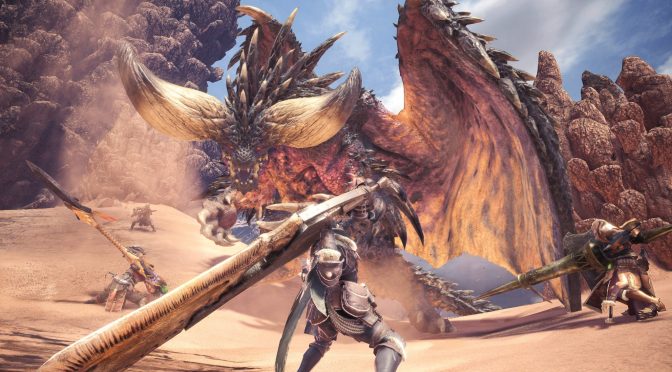As we’ve already stated, Monster Hunter World is one of the few games that can stress even high-end CPUs. And while Capcom tried to explain the reasons why the game can be CPU-bound, modder Kaldaien has discovered that 25% of the overall CPU activity in this game is for switching active threads.
As the modder noted, 25% of all CPU activity in Monster Hunter World is the kernel stopping one thread so that another one can run. Moreover, the game currently has over 100 threads and as he stated, the overhead from such a thing is enormous.
On the other hand, Capcom stated prior to the game’s launch that the MT Framework does a good job in distributing CPU cycles and load-balancing tasks across all available cores and threads, and that the engine is optimized for x86 CPU instruction set, is highly scalable, and loosely speaking, is platform agnostic regardless of PC or console platform so as long as it conforms to the x86 instruction set.
The features that eat all of the CPU cycles according to Capcom are:
“To eliminate interstitial loading during active gameplay, MHW loads the entire level into memory. In addition to managing assets loaded into memory, it keeps track of monster interactions, health status, environment/object changes, manages LOD & object culling, calculates collision detection and physics simulation, and tons of other background telemetry stuff that you don’t see yet requires CPU cycle. This is in addition to supporting any GPU rendering tasks.”

John is the founder and Editor in Chief at DSOGaming. He is a PC gaming fan and highly supports the modding and indie communities. Before creating DSOGaming, John worked on numerous gaming websites. While he is a die-hard PC gamer, his gaming roots can be found on consoles. John loved – and still does – the 16-bit consoles, and considers SNES to be one of the best consoles. Still, the PC platform won him over consoles. That was mainly due to 3DFX and its iconic dedicated 3D accelerator graphics card, Voodoo 2. John has also written a higher degree thesis on the “The Evolution of PC graphics cards.”
Contact: Email

